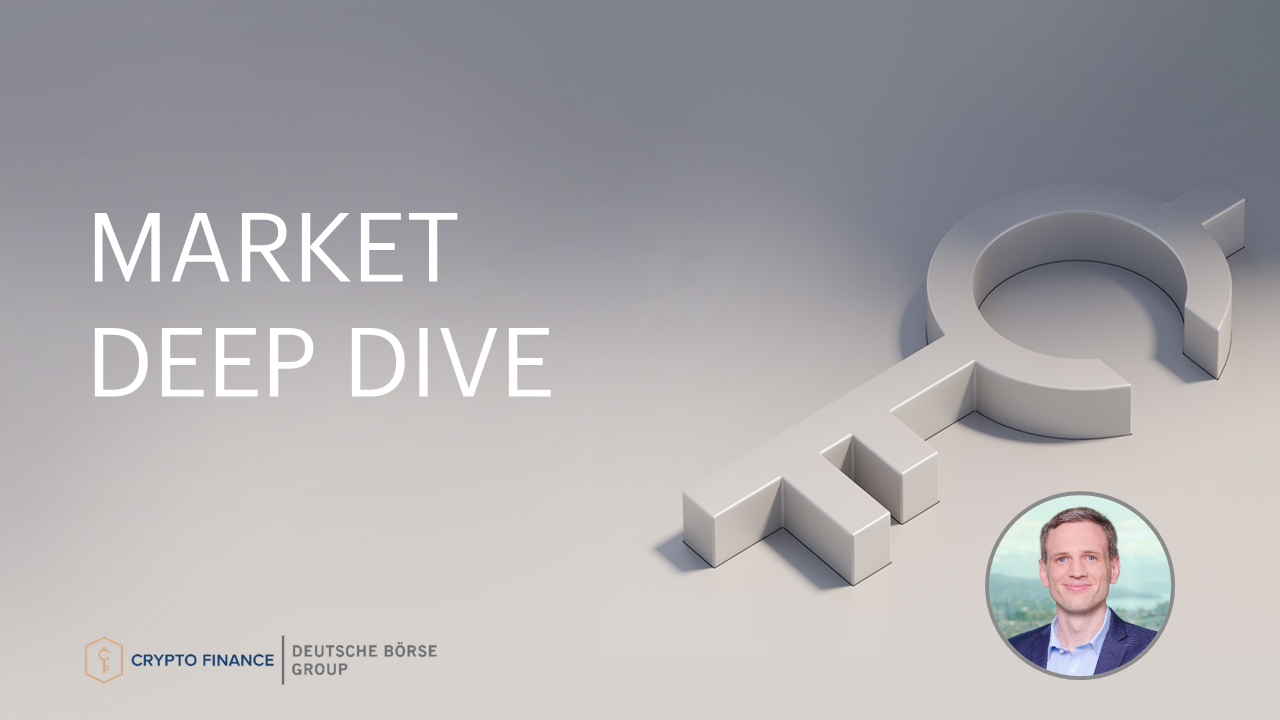
Bitcoin and Ethereum at Critical Juncture: Implied Volatility Drops as Economies Struggle with Divergent Monetary Policies
Bitcoin and ether are both testing the lower support of a narrow corridor as they have been trading within this range for one month now. However, no downward momentum is currently evident, and at the moment, there is a lack of a catalyst for any strong directional move. Currently, BTC is trading -2% week-over-week at USD 29,168, while ETH is -1.6% lower at USD 1,859.
The at-the-money implied volatility for both BTC and ETH has declined further and now stands at 33% for BTC and 32% for ETH, respectively. This is in contrast to the 1-year average of 54% for BTC and 66% for ETH.
This week’s calendar was packed with significant events. On Wednesday, the FED increased rates by another 25 bps as expected. FED chair Jerome Powell stated in the press conference that they will evaluate the incoming data before deciding if another hike is needed at the September meeting.
The market is currently pricing in no more rate hikes (or cuts) until the end of the year.
Similarly, in Europe, the ECB also raised rates by another 25 bps on Thursday. The tone of the press conference resembled that of the US, with the possibility of further rate hikes still on the table.
In general, the economic situation in the US and Europe is quite similar. This week’s manufacturing PMIs came in well below 50 (US: 45, EU: 42.7), signalling contraction in the industry, while Service PMIs still point towards growth: the US reading came in at 51.5, and the one from the European Union at 51.1.
Core inflation also remains sticky on both sides of the Atlantic: in the US, the unemployment rate is close to a record low, and the average salary in June (year-over-year) increased by more than 6%. In Europe, the average salary increase for this year is expected to be 5.25%, and 4.5% for next year, according to the ECB.
Currently, there are two different opinions on how monetary policy should be managed. One camp believes that rates are now high enough to cool down the economies and that inflation will continue to move towards the target (usually around 2%) without further hikes. The other camp is more cautious and believes that it is cheaper over the long term to bring back inflation as fast as possible to avoid continuous higher inflation expectations and break the 2nd round effects. The third camp, which believes (or hopes) that rate cuts will soon be a necessity, is becoming smaller and smaller.
Read more News here.
